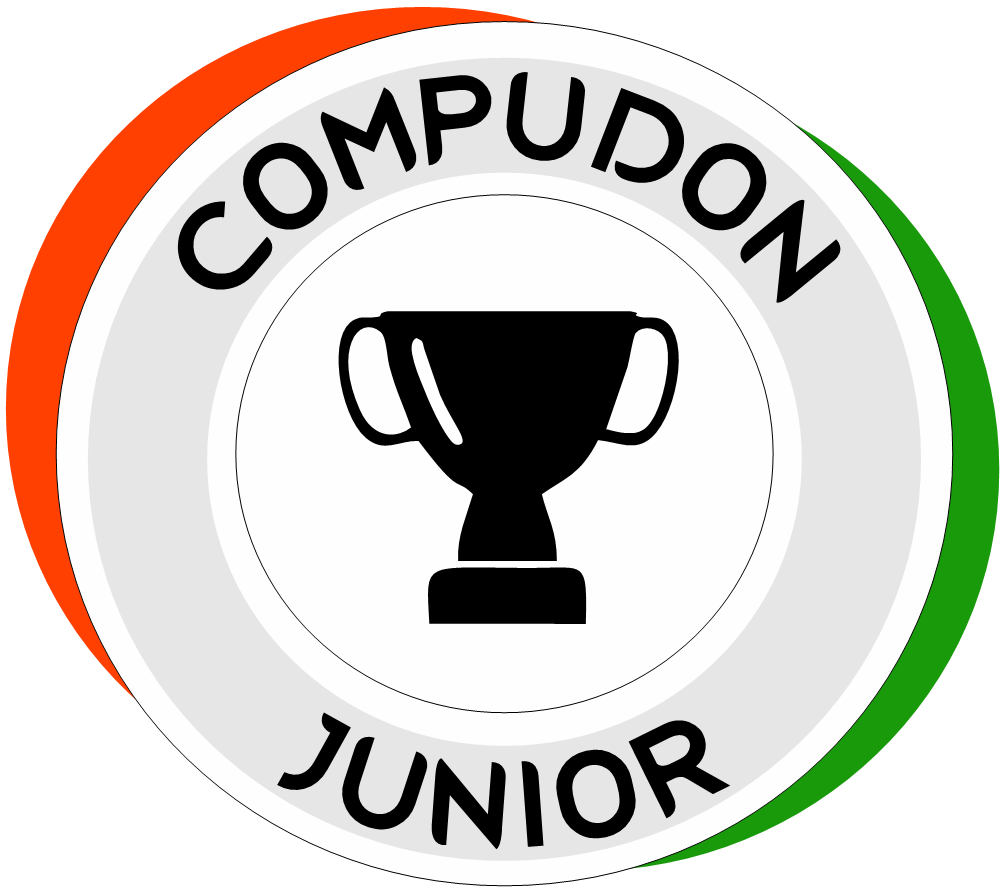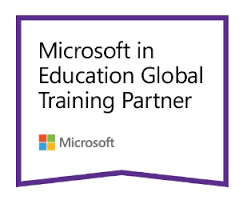Digital Literacy- Critical Skill For 21st Century
The American Library Association’s digital-literacy task force offers this definition: “Digital literacy is the ability to use information and communication technologies to find, evaluate, create, and communicate information, requiring both cognitive and technical skills.”
Today’s children are digital natives. They are born in an era of Technology. As a result, they learn digital skills just like learning a language, without even realizing they are learning it. Today it is not uncommon for a 3-4-year-old to have some basic knowledge regarding how to get on to the computer and load a game or play a video.
Acquiring digital literacy skills will also help participating students acquire the following skills that they would need in order to function effectively in digital environments.
GRAPHIC LITERACY
Tasks include working with graphic user interfaces that help them to “read” naturally and freely and to understand the instructions and messages represented visually. Students will develop good visual memory and strong thinking, which will help them understand visual messages easily and fluently.
INFORMATION LITERACY
The effort they will put in to identify, locate, evaluate, and effectively use the information to solve the problem / tasks of the COMPUDON Junior exam will help them develop this literacy.
SOCIO-EMOTIONAL LITERACY
A championship for school students from junior classes is based on Microsoft’s Digital Literacy Standard version 4 and while going through the course, students will develop knowledge to avoid “traps” as well as derive benefits from the advantages of digital communication.
Some experts prefer the term “digital literacies,” to convey the many facets of what reading and writing in the modern era entails.





Leave a Reply
Want to join the discussion?Feel free to contribute!